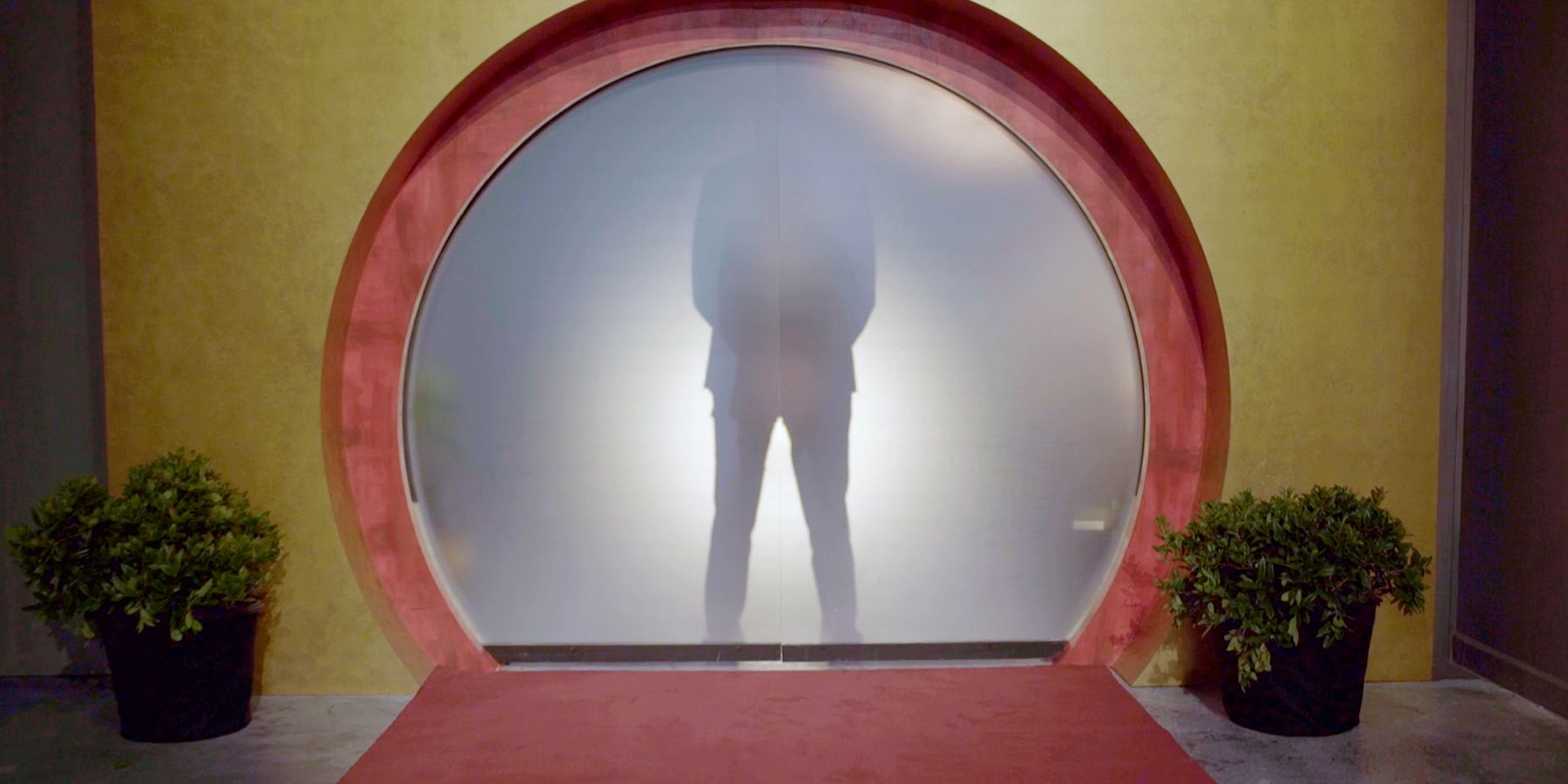In about 80% of your custom affairs (557 off 699) subjects generated an equivalent believe choice like in the earlier private correspondence. Simply in the 142 regarding 699 instances a switch occurred, either out-of distrust [anonymous] to believe [personalized] (N = 79) otherwise regarding trust [anonymous] so you can distrust [personalized] (Letter = 63). Also, within 80% of your personalized interactions (563 of 699) victims came back an identical amount about trustworthiness an element of the online game as in its previous anonymous correspondence. Just when you look at the 136 off 699 instances customization triggered a move, in both the positive (upsurge in the number of activities came back; Letter = 37) or perhaps the bad (decrease in new products returned; N = 99) advice. Within-individual consistency on five faith- and you will honesty-related solutions can be quantified of the Fleiss’ kappa (Landis and you will Koch, 1977). That it returns a value of ? = 0.451 (p dos = 0.069, df = step 1, p = 0.792) otherwise trustworthiness (X 2 = 1.962, df = 3, p = 0.580). On the other hand, a very clear gender impact are noticed around individualized standards: the best amounts of faith was basically present in guys getting together with lady partners (men opposite-gender interactions), and in females reaching women people (people same-gender connections; Figure 2A). This suggests one to ladies correspondence people generate a higher level regarding trust (in both male and female victims) than just men communications people.
Brand new mathematical study (Table step one) confirms the gender of communication spouse try a highly extreme (p dos = 0
Contour step 3 investigates the outcome out of kind of version of telecommunications people toward conclusion out of male and female sufferers in detail. From the custom means, i put 20 clips (ten guys: M1–M10  , and you can ten women: F1–F10). Each one of these clips are proven to 17 ± dos men and you will 17 ± dos women subjects. The design of all of our investigation desired me to contrast, for each and every subpopulation away from members which had viewed certain clips, new frequency regarding “trust” decisions immediately following that have heard of video into volume out of “trust” choices throughout the anonymous setting (pick Secondary Figure step 1). Profile 3A screens the new shifts in faith volume that each out-of the newest 20 video clips elicited regarding female and male telecommunications couples. A very clear trend emerges: the feminine video basically triggered an increase in the amount regarding trust in each other men and women professionals, as the men video contributed to a decrease in the fresh believe level, particularly in women.
, and you can ten women: F1–F10). Each one of these clips are proven to 17 ± dos men and you will 17 ± dos women subjects. The design of all of our investigation desired me to contrast, for each and every subpopulation away from members which had viewed certain clips, new frequency regarding “trust” decisions immediately following that have heard of video into volume out of “trust” choices throughout the anonymous setting (pick Secondary Figure step 1). Profile 3A screens the new shifts in faith volume that each out-of the newest 20 video clips elicited regarding female and male telecommunications couples. A very clear trend emerges: the feminine video basically triggered an increase in the amount regarding trust in each other men and women professionals, as the men video contributed to a decrease in the fresh believe level, particularly in women.
Profile step 3. Changes in trust decisions elicited because of the 20 videos off correspondence partners. (A) The brand new graph illustrates the average shift when you look at the have confidence in girls (horizontal axis) and you will male (vertical axis) victims elicited of the each one of the 20 clips off telecommunications partners (ten men, M1–M10, and you will ten women: F1–F10). Negative score indicate that exhibiting the fresh involved videos quicker believe on average (in comparison to the trust level throughout the unknown mode); confident score imply an increase in believe. (B) Relative volume distributions away from private switches within the (the latest binary) believe choice, in terms of the fresh new intercourse of your correspondence couples in the Trust Games. Letter = 142.
Profile 3B suggests how many times such as for instance an option out of distrust so you’re able to believe and you can off trust so you’re able to mistrust taken place for men (top chart) and you will women (base graph) users, according to the gender of your communication companion (males: blue bars, females: reddish bars)
To evaluate the fresh analytical significance of the latest observed differences, i believed these customized relationships where “trust” choice after appearing the latest videos differed regarding the earlier decision for the the latest private means. To check to possess distinctions, we used a digital logistic design, where a key about positive or bad assistance are set because an answer changeable, the spot where the participant’s intercourse, the brand new intercourse of your telecommunications lover, and the correspondence out of men and women was place once the separate factors. As for each decision-originator try within the data fourfold, general estimating equations (GEE) that have regular methods were utilized. 038, Beta = 0.066, p = 0.306; (B) aftereffect of people videos on the male victims: Roentgen 2 = 0.028, Beta = ?0.115, p = 0.330; (C) effectation of men films toward ladies victims: Roentgen 2 = 0.449, Beta = 0.217, p = 0.014; (D) effectation of females movies to the women subjects: R 2 = 0.499, Beta = 0.214, p = 0.013. Biggest axis regression contours are demonstrated just for tall relationships.

Leave A Comment